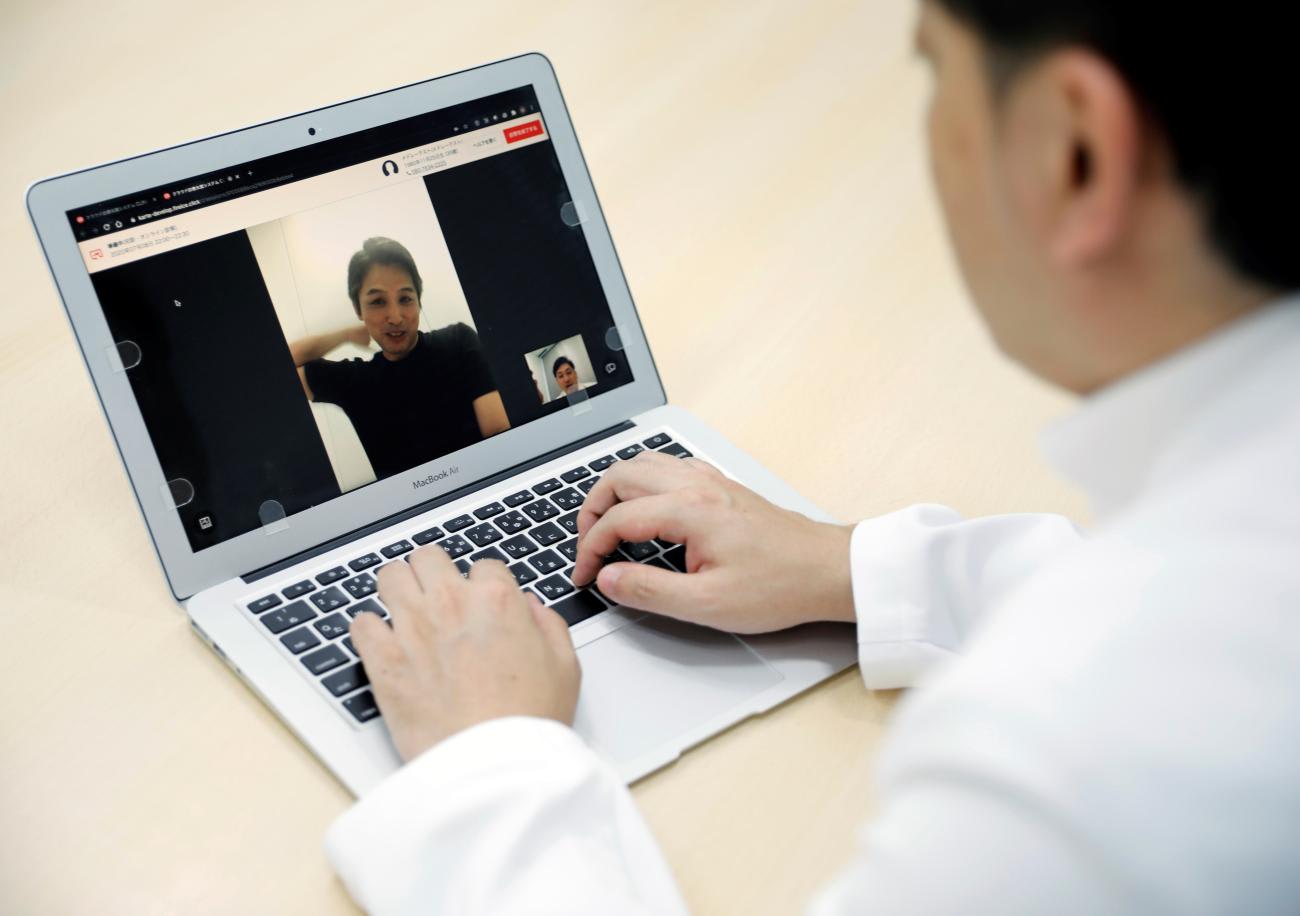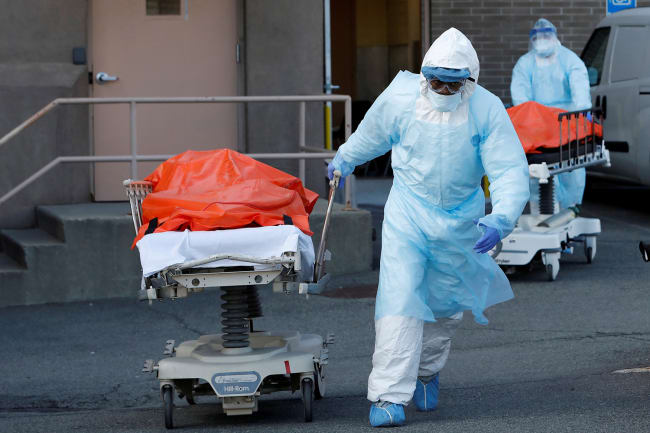Globally, the health-care sector is responsible for 4.6 percent of global greenhouse gas emissions, and in the United States, it accounts for 8.5 percent. Although health systems have pledged to reduce emissions through clean energy systems and green infrastructure, a significant share of health care's carbon footprint is due to the travel required for patients to attend in-person visits. As much as 18 percent of emissions from the United Kingdom's health sector are due to patient travel, according to the National Health Service.
Telehealth offers a compelling solution, one that is already being realized and is ripe for scalability.
From Niche Tool to Mainstream Medicine
Telehealth—the use of electronic information and communications to provide long-distance clinical health care via an asynchronous or real-time manner—was long viewed as a niche tool for situations in which access to health care was extremely limited or non-existent.
The COVID-19 pandemic transformed the way telehealth was viewed and employed because it allowed patients and providers to maintain continuity of care without spreading infection. Health systems came to rely on telehealth during periods when in-person access to physician offices and hospitals was limited or impossible.
As the pandemic began at New York Presbyterian-Weill Cornell Medicine, we faced a surge of critically ill patients and reduced hospital capacity. Having launched a telehealth program in 2017, we rapidly expanded it to allow for virtual urgent care, remote patient monitoring, and follow up for discharged COVID patients. Telehealth was vital to the strategic planning and survival of our health-care operations during this period.
As much as 18 percent of emissions from the United Kingdom's health sector are due to patient travel
Across the globe, telehealth rapidly metamorphosed from a niche service to mainstream medicine, providing millions of patients with access to care. Prior to 2020, telehealth visits accounted for less than 1 percent of total doctor-patient visits. By contrast, at the peak of the pandemic in high prevalence areas, almost 80 percent of patient encounters were provided via telehealth. Today, despite the availability of in-person visits and the removal of restrictions, telehealth and virtual care visits still represent around 25 percent of all health-related visits in the United States. As a result, health care has a new cadre of "medical virtualists": doctors or affiliate providers who offer care mostly via a virtual platform.
Various benefits of telehealth are well-studied and validated, including reduced financial costs, access for rural populations, and shorter wait times, but comparatively little attention has been given to another societal benefit: its effect on climate change.
Measuring Telehealth's Impact on Emissions
Transportation is a known barrier to health-care access for vulnerable populations, and telehealth can serve both an equity and an environmental imperative by simultaneously reducing the carbon footprint and increasing access to care. Telehealth can have a tremendous impact in reducing carbon emissions associated with transportation and travel for in-person visits. Health services should take this into account when formulating climate change strategy.
Several studies have estimated the emissions eliminated by telehealth visits. In a group of studies, asynchronous and synchronous telehealth systems are thought to reduce patient travel by 43 percent and 70 percent, respectively. A recent study from Spain showed that each digital medical appointment saved 3.057 kilograms of carbon dioxide emissions, and digital communication via telehealth prevented 1,957 net tons of carbon emissions in 2020. A health system in the northwestern United States estimated that its 2020 growth in telehealth visits resulted in a reduction in emissions of greenhouse gases equal to the annual emissions of 1,200 homes.
Telehealth cannot completely replace in-person care, but widespread use of telehealth serves to improve the availability and quality of in-person care by effectively meeting the needs of those patients who do not require an in-person encounter.

Considerations for Effective Telehealth Strategy and Practical Application
There is no one-size-fits-all approach for telehealth and when formulating telehealth strategy, we should do so with two considerations in mind.
First, we should consider whether we have optimized the emissions savings relative to those generated by the telehealth process and related infrastructure. The emissions reduced by the use of telehealth are overwhelmingly greater than those generated by the use of telehealth and digital technology. Moreover, a 2021 UK study showed that the carbon emissions generated by the use of telehealth equipment were very low when compared to those emissions generated by health-care associated travel and concluded that a telemedicine visit saved about 0.7 to 372 kg CO2e per consultation.
The second consideration is the quality and overall health-care resource utilization of the telehealth visit. If telehealth generated duplicative visits, for example, it would undercut reduced emissions. One way to avoid these undesirable effects is to focus on the quality of training and effectiveness of the telehealth visit; for example, good lighting, a professional environment, and standards for "webside" manner. Furthermore, we need to develop a robust quality assurance process which directly assesses various outcome measures such as hospital admissions, emergency department visits, and mortality.
It is certainly necessary and worthwhile to continue our pursuit of green energy infrastructure in hospitals and practices, and electric vehicle technology for ambulance decarbonization. But these are long-term goals that will require substantial capital expenditures. Telehealth is a tool we have and use today, and if it can be recognized as an instrument of change in the climate crisis, and deployed in an appropriate and thoughtful manner, it can have an immediate and profound impact on the environment.
Future planning and global health-care strategy will benefit from recognizing and addressing the negative impact that health care has on the climate and, in turn, on human health. Telehealth is a viable solution to reduce the carbon footprint of the health-care sector, particularly through the reduction of transportation required for in-person visits. We need to continue to study telehealth and its overall benefits to patients, the climate crisis, and health-care access, and then incorporate our findings into future models of care.












